In the fast-paced world of modern manufacturing, creating deep, intricate cavities in tough materials like titanium or hardened steel is no small feat. This complex process, known as deep-cavity machining, allows engineers to carve out deep pockets, narrow slots, and detailed geometries in materials that are essential to industries such as aerospace, automotive, medical devices, and mold making. But what exactly makes deep-cavity machining so challenging? And how is advanced CNC (Computer Numerical Control) technology tackling these obstacles?
Let’s dive into the fascinating world of CNC deep-cavity machining—where precision meets problem-solving, and technology pushes the limits of what’s possible in manufacturing.
The Unique Challenges of Deep-Cavity Machining
- Tool Deflection: Staying True to Form Imagine trying to drill a tiny hole deep into a solid metal block. The longer your drill bit, the more it flexes, creating something engineers call tool deflection. When tools bend, even by fractions of a millimeter, it can result in inaccuracies, poor finishes, and even tool breakage. In the deep-cavity machining world, tool deflection can also cause “chatter”—that loud, vibrating sound that’s often the precursor to a failed tool or ruined part.
- Heat Generation: Hot and Bothered Machining deep cavities generates heat—lots of it. Unlike shallow cuts, deep-cavity machining makes it harder for heat to escape, often leading to thermal expansion in both the tool and the workpiece. This causes tools to wear out faster, potentially altering the material properties of heat-sensitive metals. Keeping things cool is a priority, but it’s much harder when cutting deep inside a confined space.
- Chip Removal and Cooling: Clearing the Way When carving out deep grooves or pockets, there’s limited space for chips (small metal bits) to escape. If not cleared, these chips can build up, damaging both the tool and the part being machined. Adding to the challenge, traditional cooling methods don’t reach deep enough, making chip removal and temperature control a real headache in deep-cavity machining.
The Tech That’s Making Deep-Cavity Machining Possible
Despite these challenges, recent advancements in CNC technology, tooling, and software are revolutionizing deep-cavity machining, making it faster, safer, and more precise. Here’s a look at some of the latest innovations:
- High-Rigidity CNC Machines: Built to Be Solid Modern CNC machines designed for deep-cavity work are sturdier and more resistant to vibration. High-stiffness structures and enhanced spindles (the parts that hold and spin the tools) keep tools steady, reducing deflection and improving precision. And with the rise of 5-axis CNCs, these machines can approach parts from multiple angles, making it easier to reach tight spots without using excessively long, flexible tools.
- Advanced Tooling and Materials: Stronger, Sharper, and Longer-Lasting Tool manufacturers have developed materials like carbide and polycrystalline diamond (PCD) that are incredibly wear-resistant. Specialized coatings, such as titanium aluminum nitride (TiAlN), help tools stay sharp even at high temperatures. Modern tools also feature unique geometries—like variable helix angles—that dampen vibration and prevent chatter, resulting in smoother, more precise cuts.
- Smart Toolpath Software: A Brain for the Brawn Today’s CNC machines rely on smart CAD/CAM software to plot the most efficient paths for cutting. These advanced programs use algorithms to reduce sudden directional changes, which can cause tool deflection. Adaptive clearing and high-speed machining (HSM) strategies allow for smooth, efficient material removal, helping tools handle deep cuts without risking overload.
- Cryogenic Cooling and MQL: Keeping It Cool (and Green) Cooling is essential in deep-cavity machining, but conventional methods often can’t reach deep enough. Enter cryogenic cooling, which uses liquid nitrogen to chill the cutting area, keeping both the tool and workpiece at low temperatures to reduce wear and thermal distortion. Minimum Quantity Lubrication (MQL) is another game-changer, delivering tiny amounts of lubricant directly to the cutting edge, reducing friction and helping chips flow more easily.
- Tool Wear Monitoring: Smarter Machines, Longer Life Some high-end CNC machines now include tool wear monitoring systems that track tool health in real time. These systems use sensors and data analysis to predict wear, notifying operators when it’s time for a change or adjusting parameters to maintain precision. This means fewer interruptions, longer tool life, and better overall productivity.
Where We See Deep-Cavity Machining in Action
- Mold and Die Making: Deep cavities are crucial for molds used in plastic injection and die-casting. In this world, precision is key, as mold quality directly impacts the quality of the final product.
- Aerospace Components: Parts like turbine blades and engine housings require intricate cavities, often in tough-to-machine materials like titanium and Inconel. Deep-cavity machining ensures these parts meet the highest standards of precision and durability.
- Medical Devices: From orthopedic implants to surgical tools, medical components often feature complex geometries that only deep-cavity machining can achieve. This process helps create parts with the required shape, strength, and biocompatibility.
The Future of Deep-Cavity Machining
The world of deep-cavity machining is only getting more advanced. Here are some exciting trends on the horizon:
- Automated Adaptive Machining: With artificial intelligence (AI) making waves in manufacturing, it’s only a matter of time before CNC machines can adjust their cutting parameters in real time based on changing conditions like tool wear, material properties, and temperature.
- New Tool Materials and Coatings: Researchers are constantly experimenting with new materials for tools, aiming to make them even more resistant to wear and heat.
- Additive Manufacturing Integration: Hybrid machines that combine CNC machining with 3D printing are enabling manufacturers to create complex internal shapes that would be nearly impossible with machining alone.
- IoT and Real-Time Monitoring: IoT-connected CNC machines are becoming more common, allowing operators to monitor and control processes remotely. This technology improves quality control, reduces maintenance downtime, and optimizes energy use.
Final Thoughts
Deep-cavity machining in CNC manufacturing is a cutting-edge process that brings precision, complexity, and durability to industries that demand it. From aerospace and automotive to medical devices, it plays a vital role in making components that power our world. And while it’s a challenging process, innovations in machine rigidity, tooling, software, and cooling continue to push the limits of what deep-cavity machining can achieve.
As manufacturing technology continues to evolve, the field of deep-cavity machining will grow even more sophisticated. With real-time monitoring, automated adjustments, and hybrid manufacturing systems on the horizon, this specialized process is set to play a pivotal role in shaping the future of precision engineering.

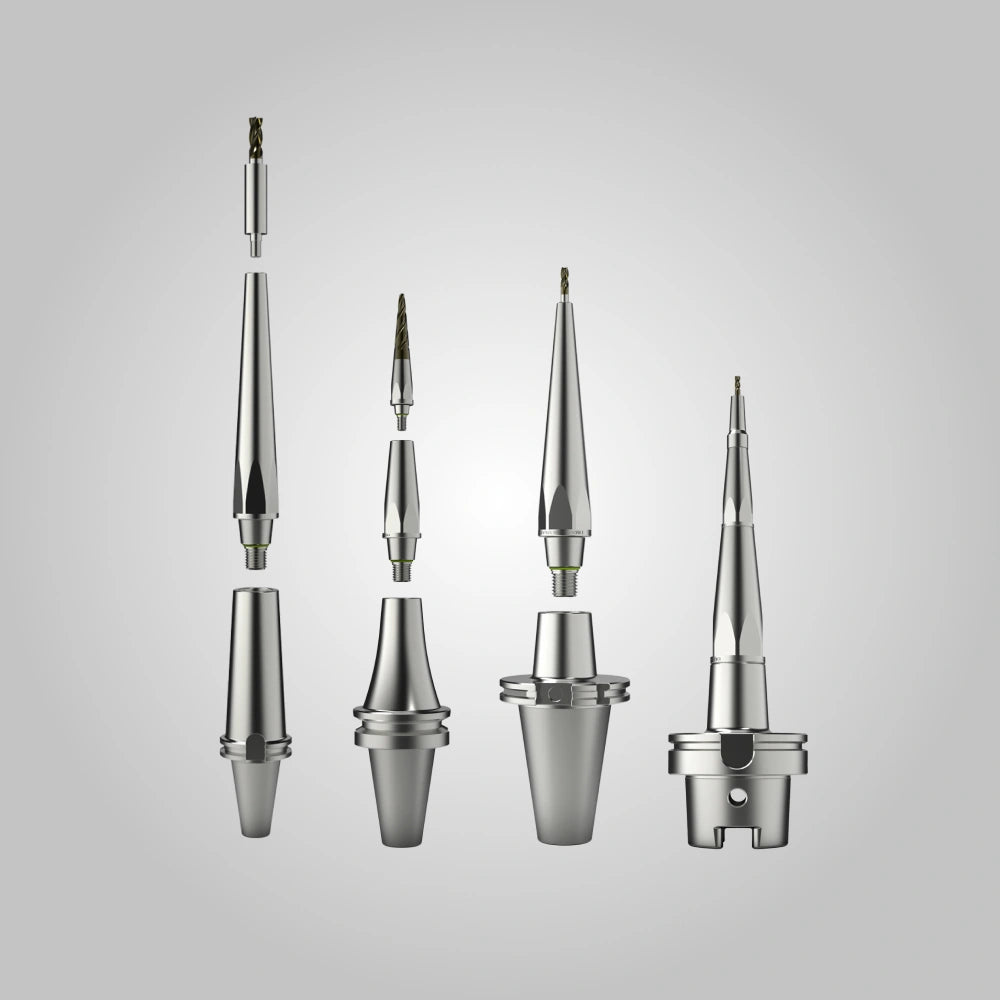
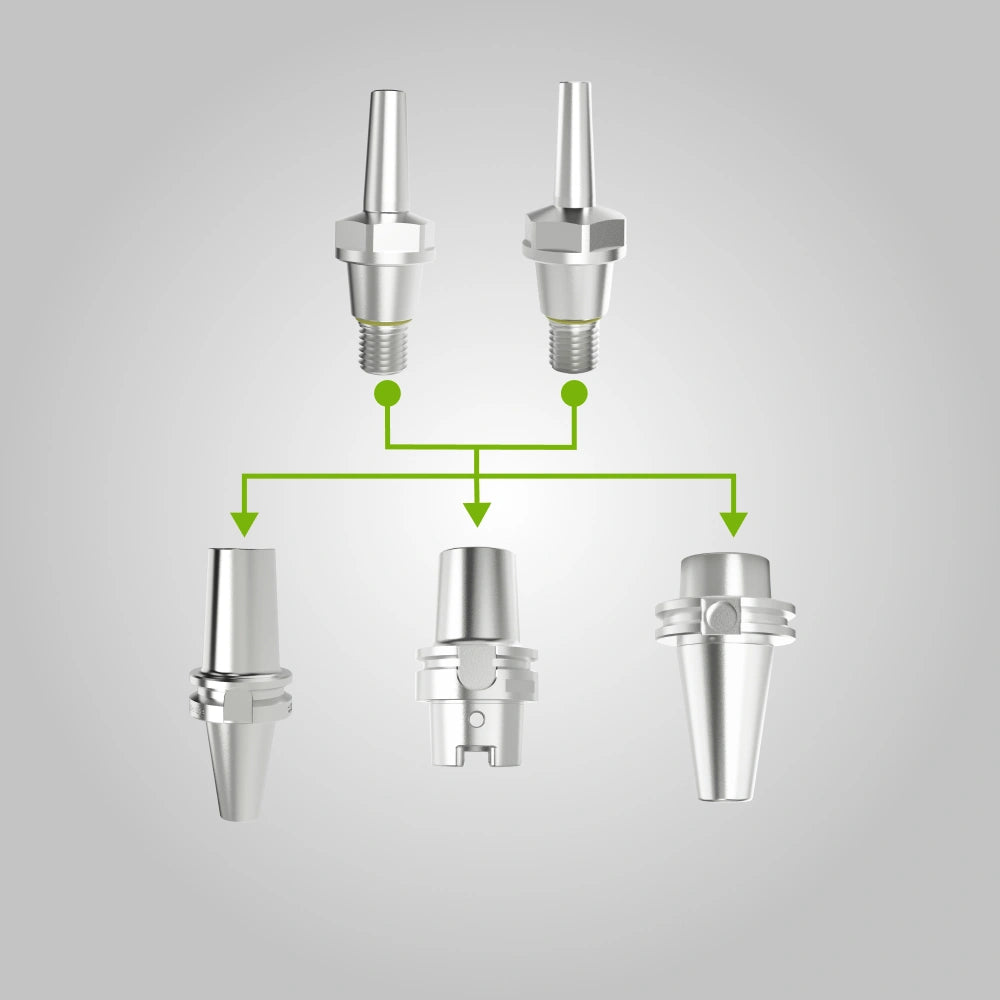
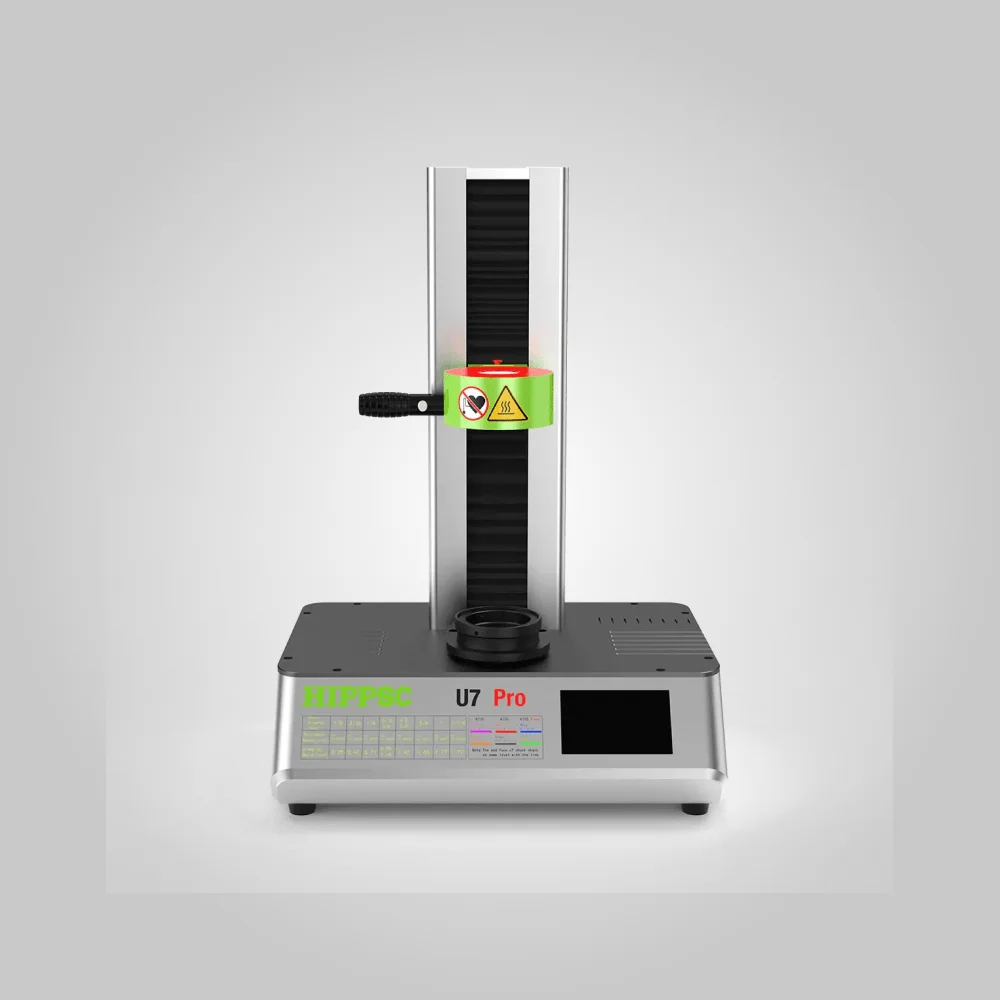
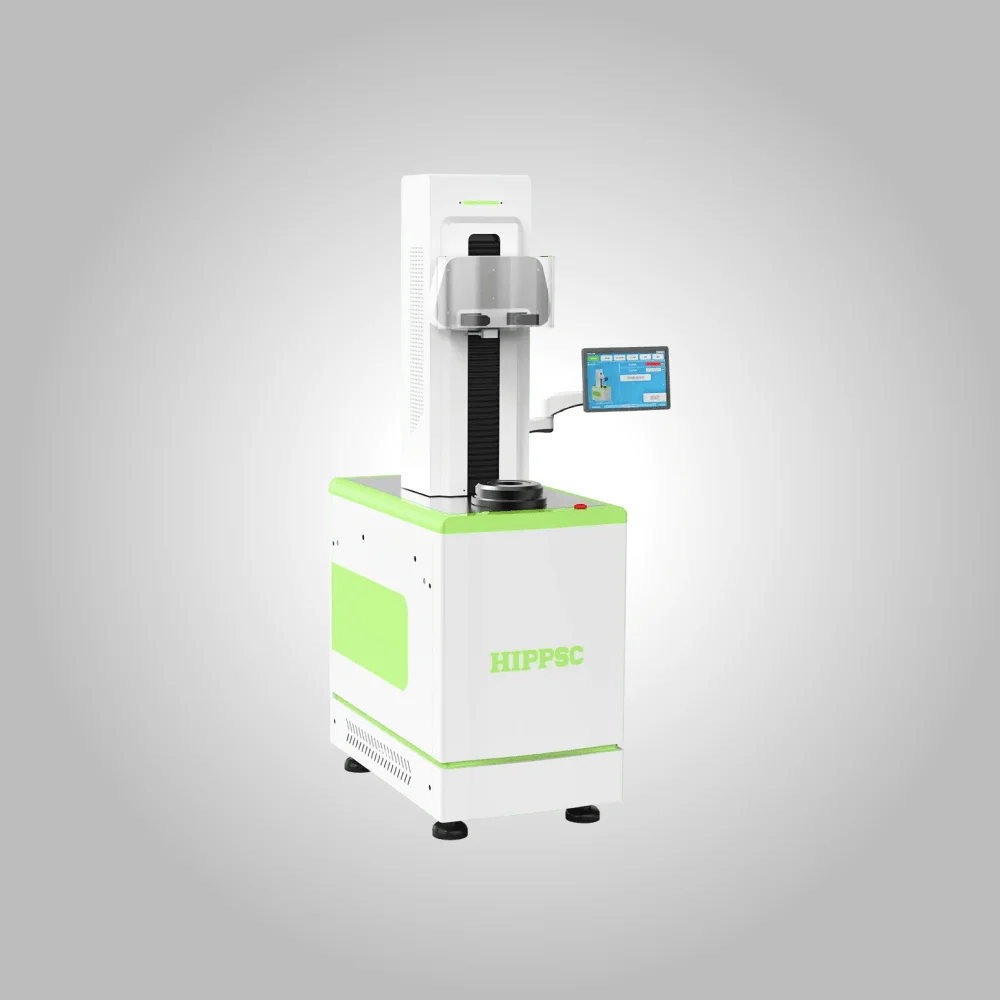
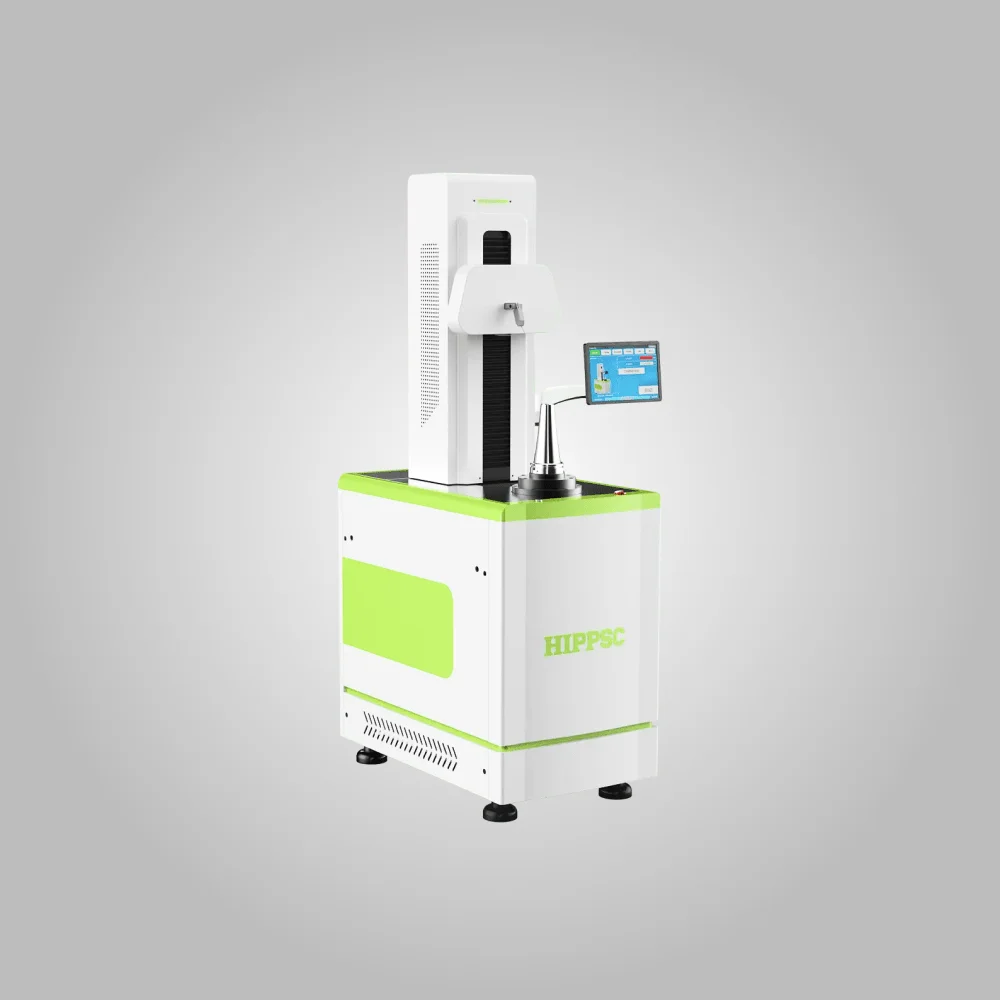
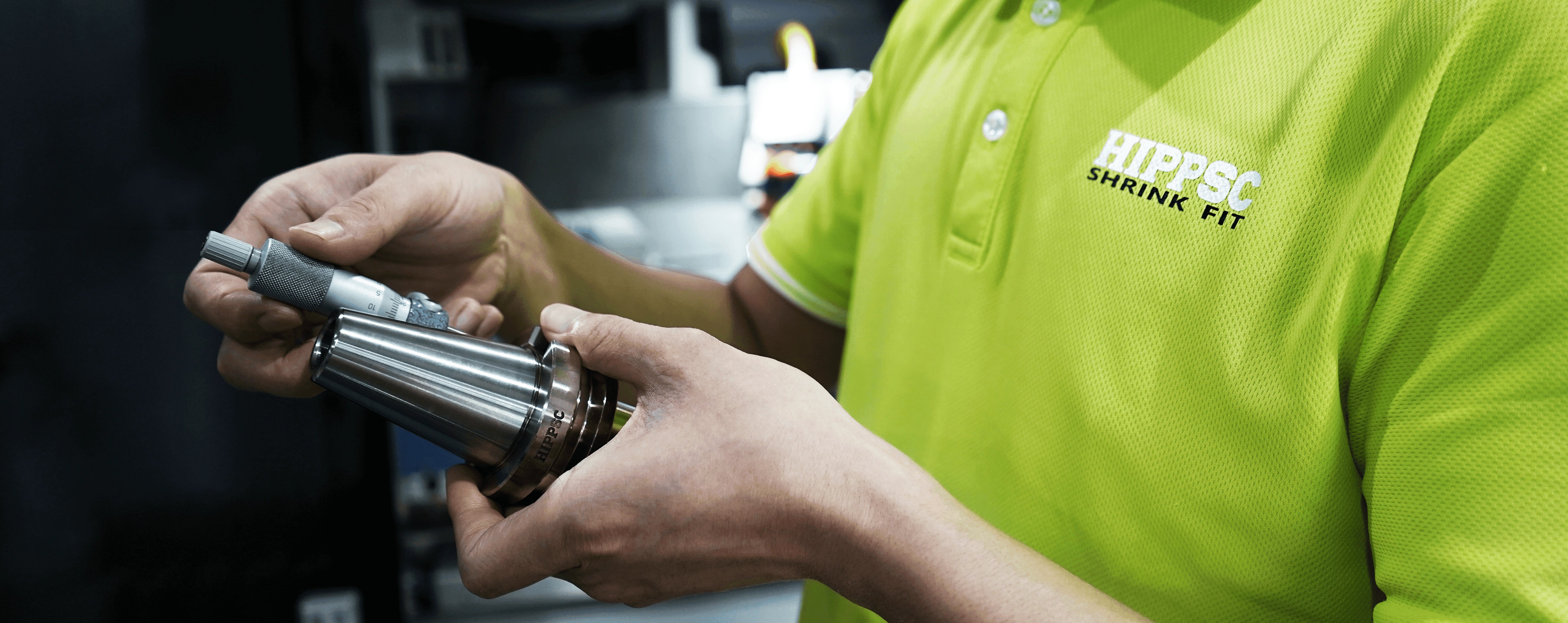
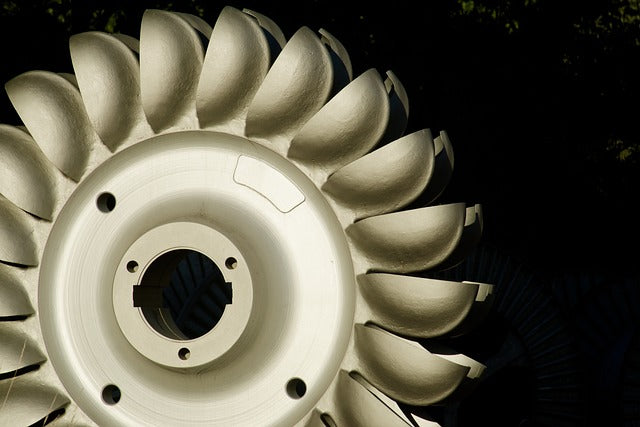

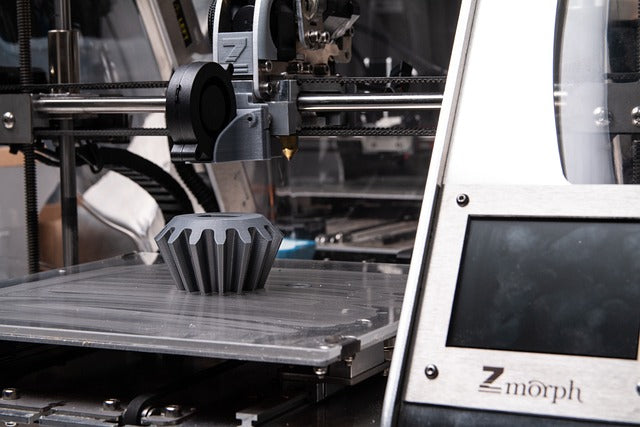
Leave a comment
All comments are moderated before being published.
This site is protected by hCaptcha and the hCaptcha Privacy Policy and Terms of Service apply.